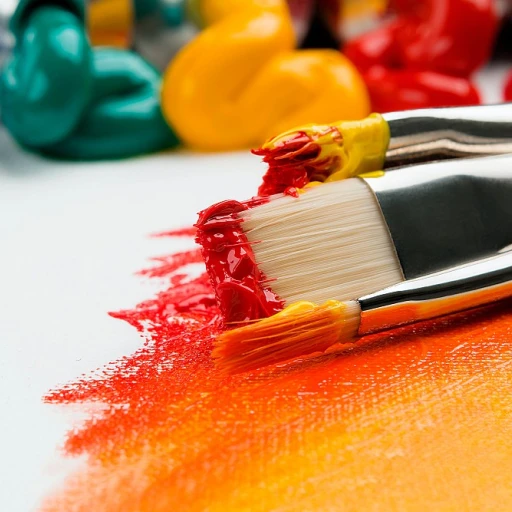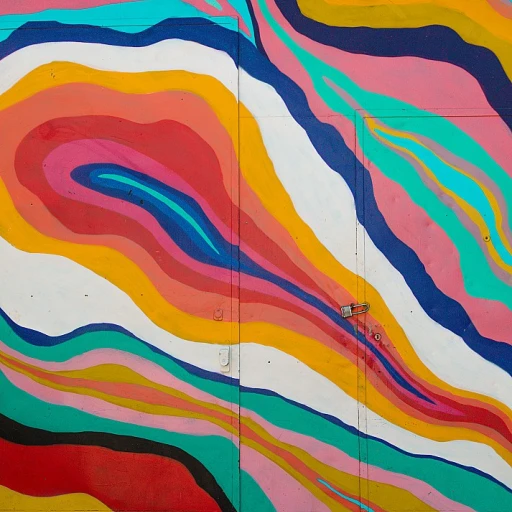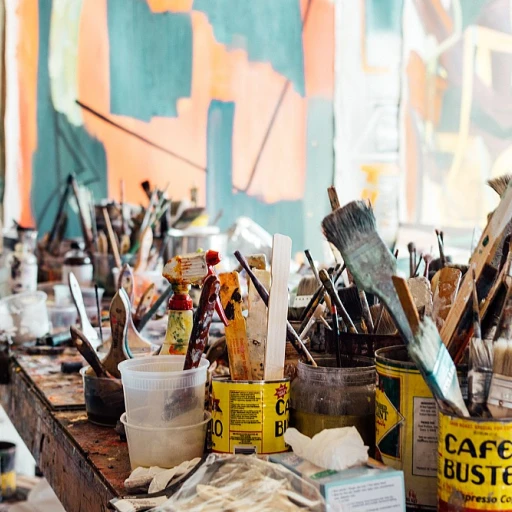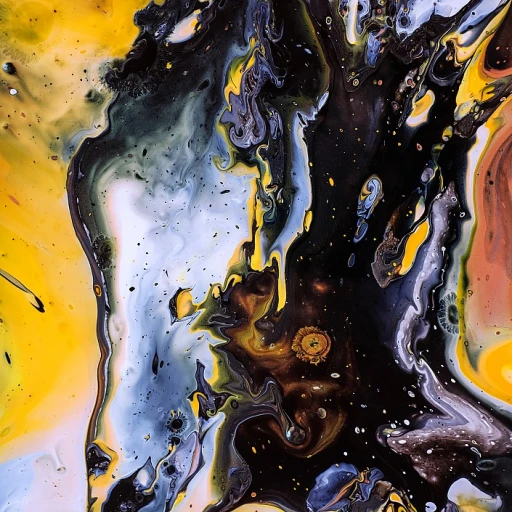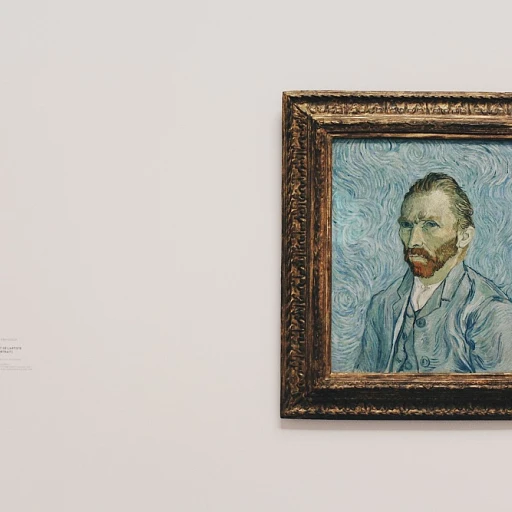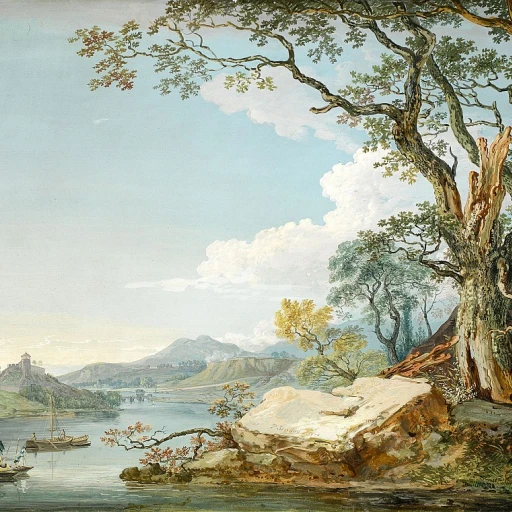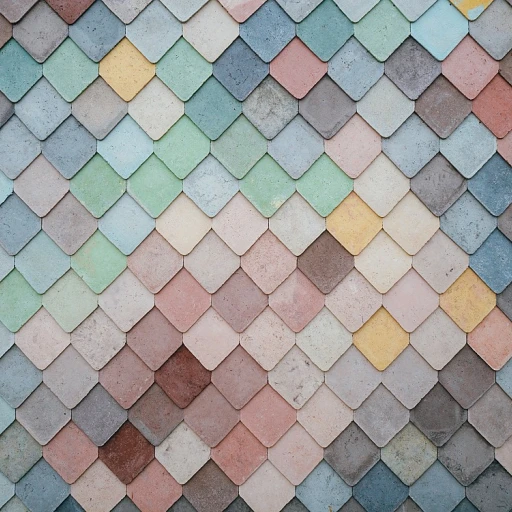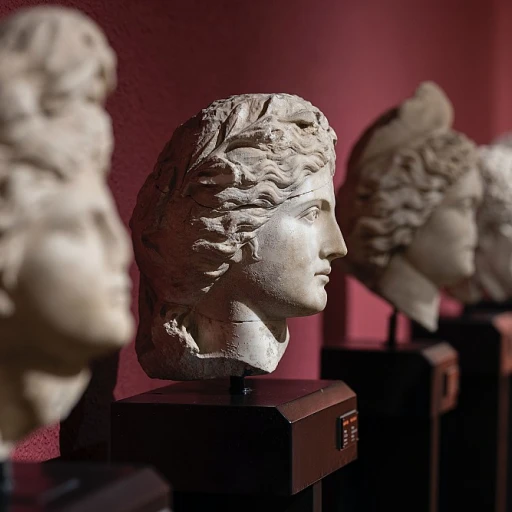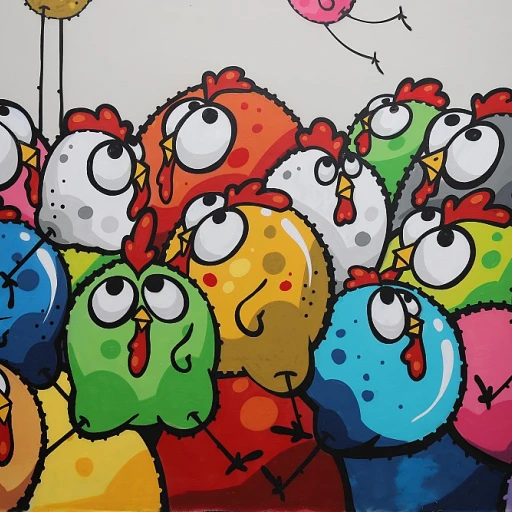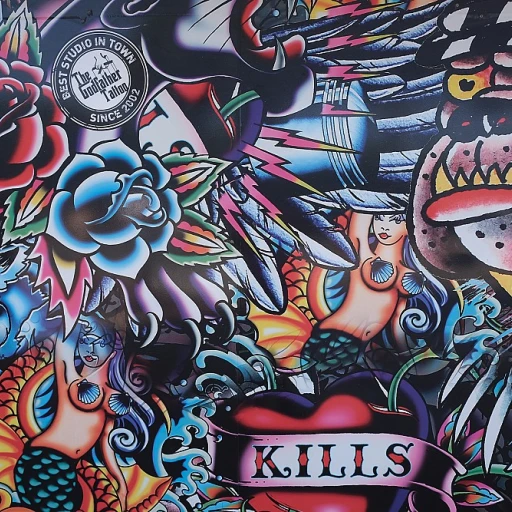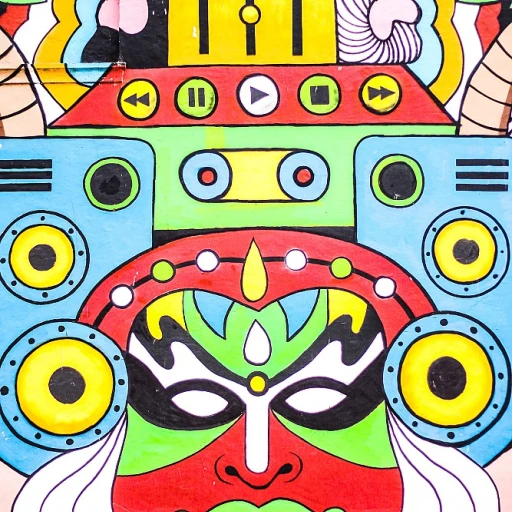-teaser.webp)
The Origins of Navajo Sand Painting
Discovering the Roots of a Sacred Tradition
Navajo sand painting, a mesmerizing art form, traces its origins to the spiritual practices of the Navajo people, a Native American tribe predominantly residing in the southwestern United States. This revered tradition reflects the rich cultural heritage of the Navajo community and has captivated collectors on the luxury art market due to its intricate designs and profound symbolism. The tradition of sand painting is deeply intertwined with Navajo religious and healing ceremonies. These intricate artworks, crafted using naturally colored sands, minerals, and other organic materials, are not merely meant for aesthetic admiration. They serve as conduits for spiritual connection and as integral components in Navajo healing rituals. Historically, sand paintings were meticulously created by skilled artisans, known as hataali, or medicine men, as part of elaborate ceremonial practices. These paintings are transitory by nature, often created on the ground and meant to be transient, which adds to the exclusivity and allure when these artworks find a more permanent form within the luxury art market. In recent years, contemporary interpretations and adaptations of this ancient practice have emerged, leading to the creation of more permanent sand paintings for sale and collection. This evolution reflects the dynamic nature of native art, preserving the essence of traditional Navajo practices while allowing for broader appreciation and understanding outside their original ceremonial context. With the increasing interest in Native American art, collectors and admirers now have several exquisite options to view and purchase Navajo sand paintings. Their quick rise in price attests to their growing recognition as collectible pieces of cultural heritage. Those looking to add a piece of this ethnic artistry can explore various platforms where these stunning sand paintings are offered for sale, keeping in mind ethical considerations for authentic and respectful acquisition. For more insights into unconventional art forms, explore the intriguing world of sardine art, a unique blend of creativity and cultural expression akin to the captivating allure of sand painted works.The Artistic Process Behind Navajo Sand Painting
The Artistry and Process of Navajo Sand Creations
Navajo sand painting, a revered form of Native American art, is an intricate process that requires skill, patience, and deep cultural understanding. Handcrafted by skilled artists, these stunning sand creations are not just an expression of beauty but also vehicles for storytelling and spiritual connections. Navajo artisans meticulously prepare natural pigments, often derived from natural elements, to create a vibrant palette. These pigments are finely ground and sifted to produce the granular texture necessary for the sand painting process. The tempered materials, combined with a steady hand, enable the painter to create detailed and symbolic designs on a carefully prepared surface. The actual painting is a quick yet deliberate choreography. With adept precision, the artist allows the sand to flow seamlessly from their hand, painting a narrative that is, in essence, both ephemeral and eternal. Each movement reflects a practiced control that has been honed over countless hours, producing art that is as mesmerizing as it is temporary. Given the temporal nature of these sand paintings, collectors often seek Navajo sand paintings for their keepsake value. These intricate works can be preserved through meticulous methods, transforming them into stunning sand pieces worthy of display and appreciation. For those looking to add a piece of this captivating culture to their collection, it's essential to understand the significance behind each design and the ethical considerations involved in purchasing. The beauty of an American Navajo sand painting extends beyond its visual appeal, embodying a rich heritage and craft. Explore more about how these unique artworks fit into the wider realm of luxury expressions, as noted in this post on the allure of art poles in luxury artwork here.Symbolism and Meaning in Navajo Sand Paintings
Decoding the Visual Language of Sand Art
The vibrant visuals in Navajo sand paintings offer more than just an aesthetic feast—they are rich tapestries of cultural symbolism and profound meaning. These artworks serve as a conduit for Navajo values, beliefs, and metaphors, moving beyond mere visual artistry to create deeply resonant narratives within each grain of sand. At the heart of each sand painting lies a story drawn from Navajo mythology. The swirl of colors and unique patterns embody ancient legends, linking the observer to a vast tapestry of Native American history. The natural pigments used offer a direct connection to the earth, steeped in the actual environment that inspires these compositions. This sense of place and continuity is palpable, encapsulating each painting as more than art—it is a keepsake box of Indigenous tradition. Iconography such as mountains, sacred animals, or deities often populate these stunning sand paintings, articulating themes of healing, balance, and harmony. They convey messages of connection between the natural world and the spiritual realm, achieving a transcendence that speaks to the wants and needs of modern collectors and enthusiasts. This intricate language is what makes Navajo sand paintings not just an acquisition but a genuine investment in cultural heritage. In the context of the luxury art market, discerning collectors view these artworks as authentic expressions of Native American identity. The scarcity of authentic pieces combined with the rich narratives they convey may elevate the price, turning each piece into a coveted item for sale. For collectors eager to buy Navajo works, acquiring such a masterpiece—whether for personal enjoyment or as an aesthetic addition to spaces—is an opportunity to add depth and story to any art collection.Navajo Sand Painting in the Luxury Art Market
The Intricate Intersection of Navajo Sand Painting and the Luxury Art Market
In recent years, there's been a noticeable shift in the luxury art market, as collectors are increasingly drawn to the unique beauty and cultural depth of Navajo sand paintings. Known for their intricate designs and deep-rooted symbolism, these artworks have solidified their place not only as traditional Native American art but also as luxury items that are highly sought after. Art enthusiasts are captivated by the stunning sand creations that showcase meticulous craftsmanship. Each piece is a testament to the skill and patience required to create these breathtaking displays. Buyers often marvel at the natural materials used, which include different colored sands that are deftly poured to form complex designs. In terms of investment, the price of Navajo sand paintings can vary. Factors such as the artist's reputation, the complexity of the design, and the size of the painting can all influence the final sale price. This dynamic market has seen artworks moving quickly from cart to private collections, reflecting a growing trend where collectors view these pieces not just as cultural artifacts, but as valuable assets. Moreover, there's been a noticeable demand for sand paintings within the context of luxury interiors. The natural and earthy tones of these paintings often complement modern decor, adding a touch of indigenous artistry that blends seamlessly with contemporary luxury. While smaller pieces like keepsake boxes and jewelry featuring sand painting motifs are accessible at a more modest price point, larger works by renowned artists can command significant figures. These high-end pieces are not just artworks; they are a fusion of heritage and luxury that resonate with an audience appreciative of both. As these paintings continue to gain traction in the art market, the demand for authentic Navajo creations only grows. This, in turn, highlights the importance of supporting actual Navajo artists and ensures that the cultural heritage and artistic traditions are preserved for future generations.Preservation and Ethical Considerations
Challenges of Preservation in the Modern Era
The intricate beauty of Navajo sand paintings presents unique challenges in terms of preservation. Unlike traditional paintings, these artworks are crafted using natural sand, making them fragile and susceptible to environmental factors. Ensuring the longevity of these art pieces requires a careful balance between preserving the original materials and adapting to contemporary preservation techniques. When considering the sale or display of Navajo sand paintings, it's crucial for collectors and galleries alike to prioritize ethical considerations. This includes understanding the cultural significance of these artworks and respecting the native traditions from which they originate. As demand for Native American art increases in the luxury art market, ensuring that the artists are fairly compensated and that their works are authentically represented is paramount. Preservation also involves maintaining the integrity of the natural materials used in Navajo sand paintings. Collectors should seek guidance from experts specializing in native art preservation to ensure that these stunning sand paintings, whether crafted by emerging artists or seasoned creators like Michael Watchman or Nephi Benally, remain in pristine condition for future generations. In summary, while Navajo sand paintings offer a captivating glimpse into the vibrant traditions of Native American art, their preservation demands careful consideration and ethical commitment, balancing cultural respect with contemporary art market practices.The Future of Navajo Sand Painting
Embracing Modernity While Honoring Tradition
The future of Navajo sand painting is a delicate balance between preserving traditional techniques and embracing modern influences. As the art form gains recognition in the luxury art market, there is a growing interest in how these stunning sand paintings can be integrated into contemporary spaces. This evolution is not just about adapting to new tastes but also about ensuring that the cultural significance of each piece remains intact.
Innovations in Materials and Techniques
While traditional Navajo sand paintings use natural materials, some artists are experimenting with new mediums to enhance durability and appeal. This includes the use of more permanent materials that allow these artworks to be displayed in a variety of settings, from luxury homes to high-end galleries. However, the essence of the art—its connection to Navajo spirituality and storytelling—remains a core focus.
Market Dynamics and Ethical Considerations
As the demand for Navajo sand paintings increases, so does the importance of ethical considerations in their sale and distribution. Ensuring that artists receive fair compensation and that their cultural heritage is respected is crucial. Collectors and galleries must be mindful of these factors when adding these pieces to their collections. The price of authentic Navajo sand paintings reflects not only the skill involved but also the cultural value embedded in each piece.
Educational and Cultural Initiatives
Efforts to educate the public about the significance of Navajo sand painting are vital for its preservation. Workshops, exhibitions, and collaborations with Native American communities can help foster a deeper appreciation for this art form. By supporting these initiatives, art lovers can contribute to the sustainability of this unique cultural expression.
Conclusion: A Timeless Art Form
In conclusion, the future of Navajo sand painting lies in its ability to adapt while staying true to its roots. As more people view and appreciate these artworks, the opportunity to buy Navajo sand paintings becomes not just a purchase but an investment in cultural heritage. Whether displayed as a centerpiece in a luxury space or treasured as a keepsake, these paintings continue to captivate and inspire.


